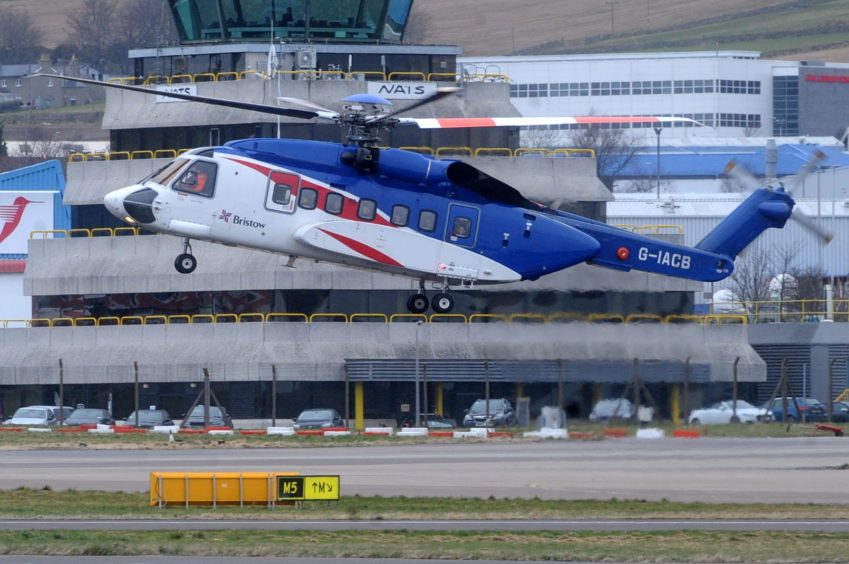
New analysis of the global helicopter services sector shows a return to pre-pandemic levels of activity, but warns a shortage of aircraft and parts will likely mean an increase in prices.
The number of flights and aircraft used for offshore crew transfer helicopters has shown a “substantial recovery”, according to a report on the sector prepared by UK research firm Air & Sea Analytics (ASA).
The census of the global S-92 fleet – the dominant helicopter in the UK North Sea – looks across heavy and super-medium aircraft, showing that as of June 2022 weekly flight numbers have rebounded above pre-Covid levels.
Commenting on the quarter, director Steve Robertson said the uplift in activity was not surprising “given high oil prices and double-digit growth in upstream expenditure.”
“Of particular interest is the underlying intensity of activity in returning aircraft to service (RTS). Aircraft that a year ago no-one would have expected to return to the active fleet are now flying again,” he added.
“It’s only a matter of time before scarcity of available aircraft and parts drives up pricing significantly.”
This is evident both in airframe types and individual operators.
The global H175 fleet, another heavily-used chopper in the UK, has seen flight activity increase by more 50% the report notes, while the sector overall has shown a net uptick of 5% in the active fleet of aircraft.
Omni Helicopters and US-based Petroleum Helicopters International have seen the most growth in heavy and super-medium segment, each increasing their fleets by six active aircraft.
Meanwhile Bristow has seen its active fleet reduce by seven units, all of them Sikorsky S-92s.
Indeed, in March the research firm warned that despite historic oversupply, there may only be two dozen available S-92s in the global oil and gas sector, and that out-of-work aircraft are likely the “only available real solution” for plugging the gap as offshore crew transfer demand rises.
Updating his forecast, Mr Robertson added: “Whilst there were still 41 inactive S-92s in Q1 2022, the reality for anyone trying to source an aircraft just now is that AW189s and H175s are at or near full effective utilisation and the pool of available S-92s is less than two dozen when you account for RTS activity, secondary market activity and retirements already underway.”
Supply chain crunch
Mr Robertson said that interviews conducted during the writing of the report had also highlighted supply chain bottlenecks affecting aircraft parts and workshop capacity for RTS programs.
“The legacy of the 2016 and 2019 bankruptcies in this market is starting to fade: we no longer have a large number of inactive assets owned by banks, these have been moved on into the hands of operators and lessors that can put them to work,” he continued.
The previous S-92 census showed 157 working in March 2021, which has risen to 161 now active as of March 2022.
In other airframe types ASA notes 19 active offshore H225s, 32 H175s and 39 AW189s.
Were that not enough, ASA said it also expects sanctions imposed on Russia to affect AW189 utilisation.
Roughly one-third of active units are located in Russia and will be unable to source spare parts from the manufacturer in Italy.
Looking at transactions, three S-92s were acquired during the quarter by Milestone from Capital One and two units acquired by CHC from PNC, though ASA said that the overall financial health of the industry was “a mixed picture.”
That is likely to be unaided by CHC’s long-running battle with the UK’s Competitions and Markets Authority (CMA) to acquire Babcock’s heli business, including operations in the UK, Denmark and Australia.
In CHC grudgingly suggested a partial divestment of the company’s UK business in Aberdeen to get over competition hurdles raised by the regulator.
Recommended for you
